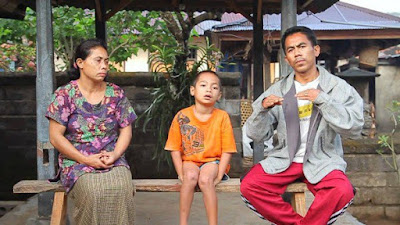In the remote Balinese village of Bengkala every one of the 3,000-odd residents can fluently communicate in kata kolok, a centuries-old sign language, and people with speech and hearing deficiencies are always treated with respect.
That so many people would bother to learn sign language might seem strange, but there’s a good reason behind the unique tradition – the number of hearing and speech impaired in Bengkala is about 15 times higher than the world average and it’s believed to have been even higher in the past.
So it’s only natural that, in time, body language took precedence over words, and villagers developed their own unique sign language which has been passed on for centuries.
The high incidence of deafness is apparently caused by the geographically-centric recessive gene DFNB3, present in the village for over seven generations. Parents with normal hearing may have a deaf child, and deaf parents are known to have children who can hear perfectly well.
Either way, it seems to make no difference to the villagers, who have long learned to treat everyone the same, without any kind of discrimination.


No comments:
Post a Comment